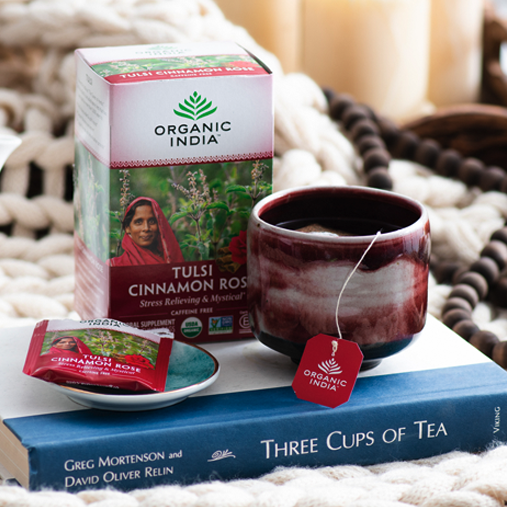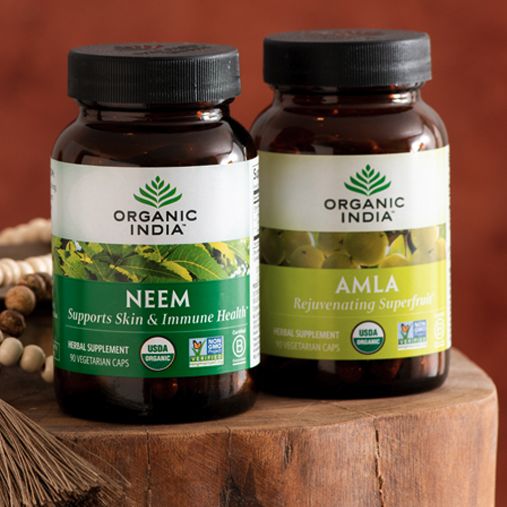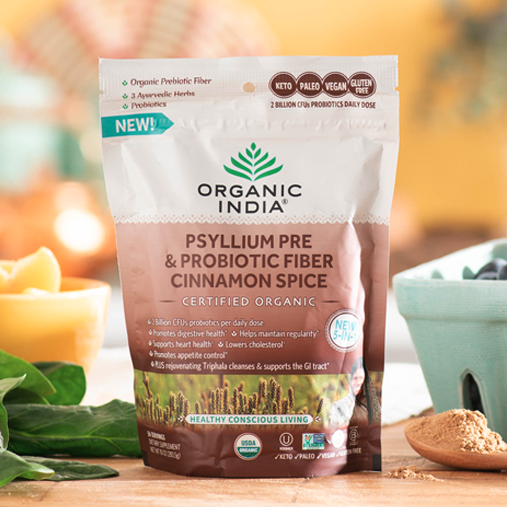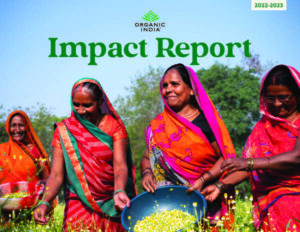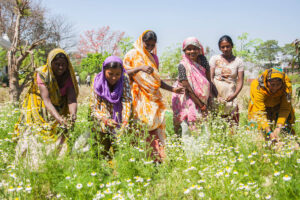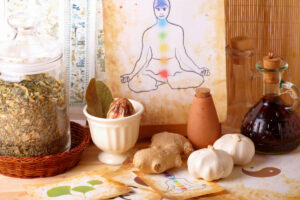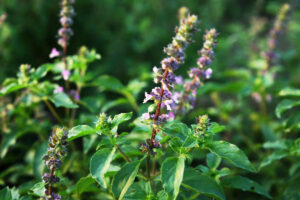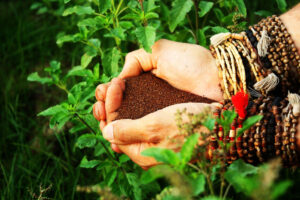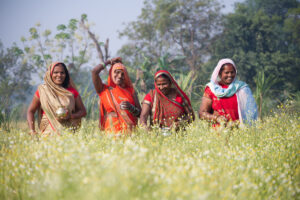In her 2007 book The How of Happiness, positive psychology researcher Sonja Lyubomirsky wrote that happiness is “the experience of joy, contentment, or positive well-being, combined with a sense that one’s life is good, meaningful, and worthwhile.” There are a number of things that come to mind when we think of happiness, but regenerative farming isn’t high on the list. Maybe it should be, though, because it’s a feel-good enterprise — as well as vital to our existence and continued relationship with the earth.
The topic of regenerative farming has the potential to produce the best of philosophical discussions. The idea of how food is grown spills over into how we think about coexisting with nature, and whether we approach life with foresight, compassion, and above all, wholeness. In the simplest terms, our food is inseparable from the cycle of life. Regenerative farming enriches us, nourishes our bodies, supports our farmers, replenishes our resources, and cumulatively contributes to an abiding sense of happiness.
Happiness Around Food
Happiness has been traditionally linked with our most celebrated holidays at which we sit down with friends and family to a hearty feast. In Psychology Today, Marietta McCarty wrote, “Breaking bread is at the heart of many spiritual traditions with good reason. Communion happens as hands break bread to share bodily and soulful sustenance.”
Down through the ages, people have expressed gratitude for the bounty that has adorned their tables. If we allow it, this simple act of reflection can take us all the way back to Mother Nature that sustains life on our planet. Regenerative agriculture may very well be the savior of the modern era, reconnecting us with a living, breathing earth, and giving us a sense of gratitude by recognizing the life-chain of which we are an inseparable part.
Revisiting Old Ways of Farming
Historians believe that farming became an industry around 23,000 years ago. Over the centuries, the agricultural and forestry practices of early peoples, including the ancient Greeks and Romans, directly caused an environmental disaster throughout the Mediterranean region that eroded the very foundation of their civilizations. Anne and Paul Ehrlich, Mother Earth News, attributed this event to a widespread failure to maintain ecological systems that supported otherwise rich cultures.
You would have thought humanity would have learned a lesson from these early civilizations, but no such luck. The practice has remained the same: Use the land until it is depleted and then move on to different land. The problem with this thinking is twofold: We’ve run out of space on our blue marble and, we’ve been biting the hand that feeds us. How can anyone be happy for long when the ground shrivels and moans, the trees are gone, the land goes barren, and the water sources dry up?
Is Our Planet a Sentient Being?
This very old question has been answered by Greek mythology, which illustrates its belief that Gaia is Mother Earth, the matriarch of all existence and a primordial deity out of whom all life is born, lives, and dies. Isaac Newton, otherwise known to be more materialistic in
his thinking, personified the Earth by describing it as a great animal or vegetable, explaining that it “draws in ethereal breath for its daily refreshment and vital ferment.” And according to the condition of all other things living,” Newton wrote, “[the Earth] ought to have its times of beginning youth, old age, and perishing.”
The idea that the earth is a living, breathing, sentient being is as old as the hills, and persists today in the worldwide awakening called the environmental movement. But this is no flowery philosophical concept because here we are in the flesh, completely dependent on a complex, dynamic, and nurturing system beyond our understanding that is usually taken for granted. Our very happiness and life on our planet is tied to her own life and stability.
In large part, practices such as regenerative agriculture not only ensure a cleaner, healthier Mother Earth, but also make our interrelationship more obvious and proactive. For those of us who care about humanity, animals, the natural world, and our planet (as a whole), knowing that our foods and herbs are farmed regeneratively creates a feeling of inner warmth and appreciation. In short, it makes us happy.
Regenerative Agriculture Is an Act of Love
Regenerative agriculture is a system that actually benefits our tentative, delicate, fragile interdependence with our planet. What better way to characterize this than an act of love?
While regenerative agriculture “does no harm” to the land, it goes much further: It actually enriches the land, using technologies that regenerate and revitalize the soil and the environment. Regenerative agriculture promotes healthy soil that’s capable of producing high-quality, nutrient dense food while simultaneously improving, rather than degrading, the earth. Ultimately, this leads to more productive farms, as well as healthier communities and economies.
At long last, we’ve figured a way to grow our food and give back to the earth in the same motion. Regenerative farming provides an answer to climate change, a way to preserve our soils for future farmers, and a means of saving our environment. It’s also a means of caring for food growers and communities. Several well-known and progressive companies have embraced this enterprise and joined hands with others that are doing the same.
Leading by Example
Leading the way is ORGANIC INDIA, proving that agriculture can restore and protect the natural environment. This method of growing food can work so harmoniously with nature that depleted soil becomes enlivened, insect pollinators return, water resources are replenished, and each crop cycle strengthens nature’s balance.
Vandana Shiva, who is on the steering committee of Regeneration International, is a scientist, philosopher, peace activist, and environmentalist who founded Navdanya, a national movement to protect the diversity and integrity of living resources. Shiva teaches that “there are two paths to the future of our food and farming. The first path is made by walking with nature, co-creating and co-producing with sensitivity, intelligence and care with diverse species, the living earth and her complex web of life. This is the path of life which has sustained humanity in its diversity over millennia.” What can make us happier than knowing, supporting, and participating in this?

